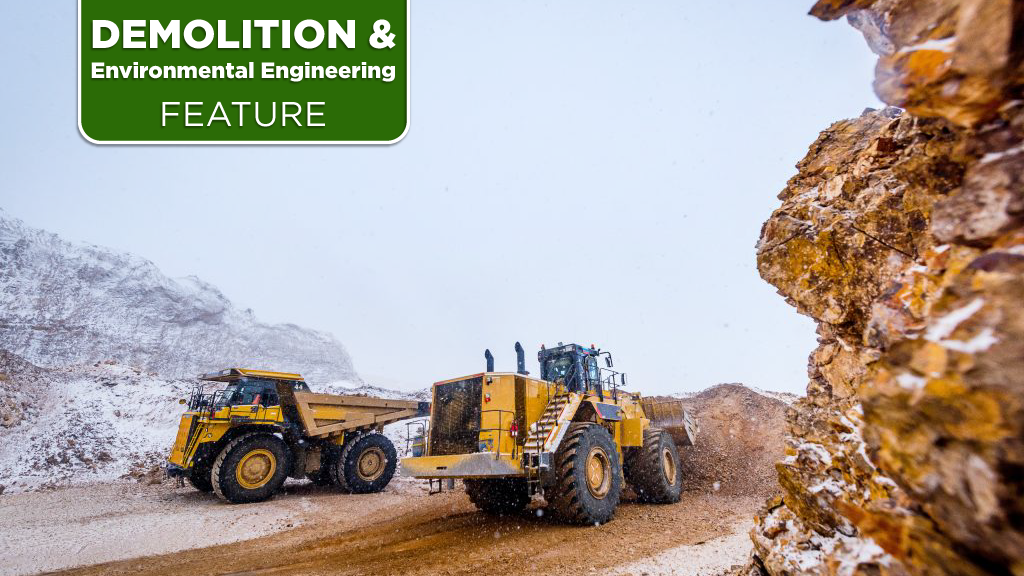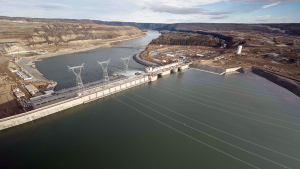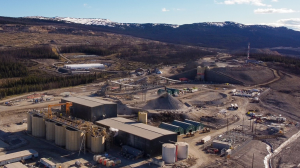Most of us think of mine disasters as events that take place deep underground. But some of the worst occur on the Earth’s surface.
Consider what happens when there is a failure of a tailings storage facility (TSF), a structure of one or more dams that stores waste rock and water from the mine operations.
In 2014, there was breach in a four-square-kilometre TSF full of toxic waste at the Mount Polley mine in central British Columbia.
Approximately 25 billion litres of contaminated material spilled into three lakes that are a source of drinking water, as well as spawning grounds for salmon.
In 2015, a tailings dam at the Germano iron ore mine in Brazil failed. The resulting flooding destroyed two downstream villages and killed 19 people.
And in 2019, the tailings dam at another Brazilian mine failed.
The dam released a mud flow that tore through the mine’s offices, a cafeteria during lunchtime, and downstream houses, farms, inns and roads.
270 people died and some mining executives were arrested.
These disasters concentrated the minds of mining companies, governments, NGOs and investors, as well as geoscientists and engineers, who have been developing new ways of treating mine waste that reduce the risk of other incidents like these.
David Ritchie, managing principal and mine waste engineering manager at SLR Consulting (Canada) Ltd., says mine waste used to be disposed of close to the mine, to minimize the cost of transporting it.
“Since the environmental catastrophes there has been more scrutiny given to site selection,” said Ritchie. “The best sites are designed so that they are physically, chemically and ecologically stable, and for eventual shutting down.”
Multiple factors need to be considered — mining, environmental, and corporate social responsibility (CSR) — before deciding where to locate a tailings dam.
“Geotechnical engineers, environmental specialists and community relations specialists are all involved now,” Ritchie said. “Cost isn’t the only determinant anymore.”
“Tailings dams are complicated structures and many things can go wrong,” said Charles Dumaresq, V-P science and environmental management of the Canadian Mining Association.
“But there have been some huge improvements in the design of tailings dams, thanks to work by university researchers, equipment manufacturers, government and industry associations.”
D. Chad LePoudre, chair of the Canadian Dam Association’s mining dams committee, says the design of TSFs is constantly evolving to incorporate lessons learned.
In addition to technological innovation, there are a growing number of training opportunities for tailings engineers.
“These increased learning opportunities will help inject qualified persons into our industry and promote additional research and learning,” said LePoudre.
Olga Kosarewicz, who is part of the faculty of Mining and Mineral Resource Engineering in British Columbia Institute of Technology’s School of Construction and the Environment, says tailings dam design standards
have improved since the Mount Polley incident.
“Because mining requires a lot of capital, investors are demanding more transparency in mining safety and waste management,” said Kosarewicz. “Investors remember that a number of high-ranking mining officials were placed under arrest after one of the disasters in Brazil.”
More attention is being paid to the design of not only tailings dams, but also whole mine operations.
Environmental scientist Jenifer Hill, principal of JLH Environmental in Vancouver, says there’s a trend to planning far out into the future for the eventual closure of a mine.
“Pressure is coming from governments, investors and the mining companies themselves,” said Hill.
An example of planning for closure is the Landform Design Institute’s spring 2021 paper which, in its own words, charts a course for the transformation of mine closure and reclamation toward a more environmentally sustainable practice.
The BC-based organization says, “Mining with the End in Mine makes the case for planning for post-mining land uses even before mining starts, which is the first of the 12 principles of landform design advocated by the Institute. Truly sustainable mine closure requires incorporating and implementing these measures into mine operations even before breaking ground.”
There are also present-day opportunities for recycling some of the rock mine waste so it can be used in road building.
According to the BC Ministry of Energy, Mines and Low Carbon Innovation, “while not common practice for mineral or coal mining, a permit could be issued… to allow a mine to dispose of clean, non-acid generating, non-metal leaching waste rock in the same manner as quarries do now.
“If waste rock is proposed to be used off the mine site for general road construction, its disposal and use on roads does not require an authorization under the Environmental Management Act but the activity must not cause pollution.”











Recent Comments